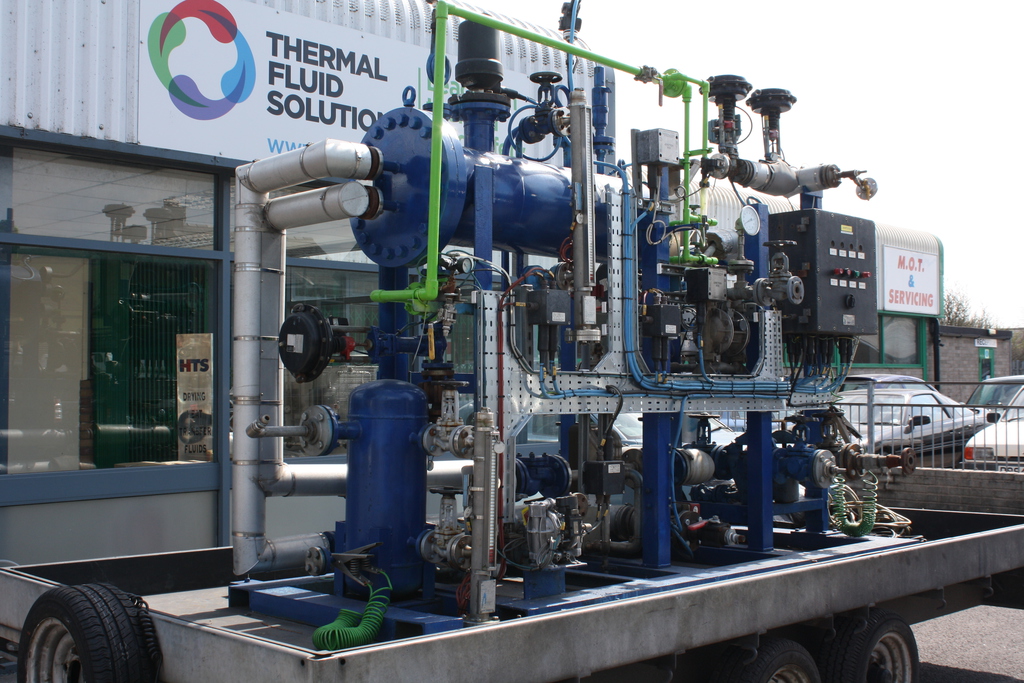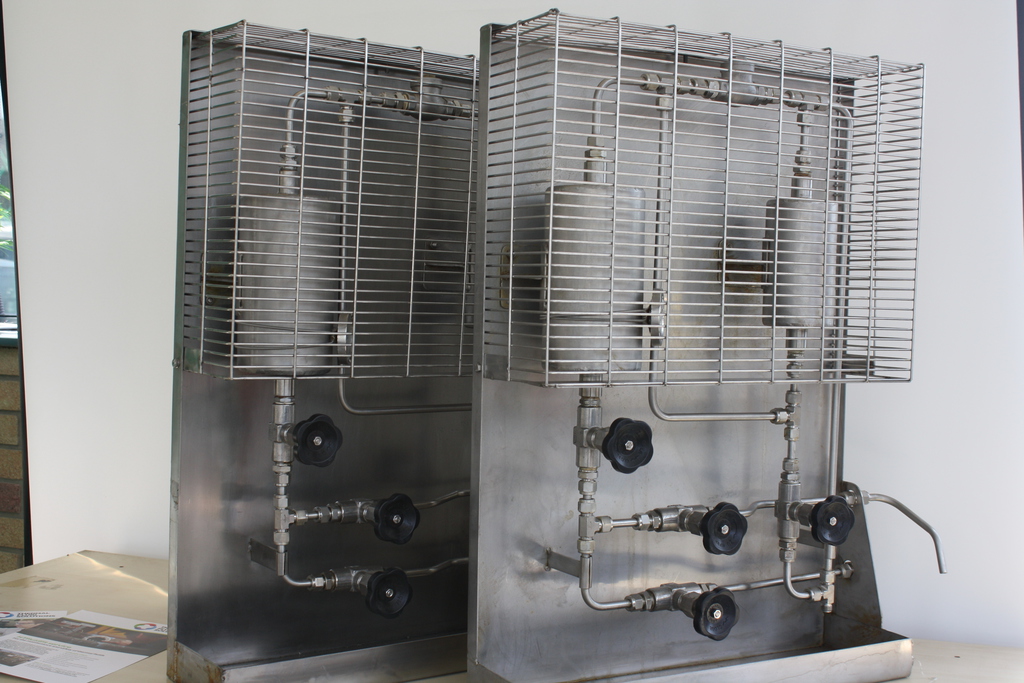
Kelly Rose
Editor

Kelly Rose
Editor
Managing director of Derbyshire-based Thermal Fluid Solutions (TFS), Richard Franklin, explains why companies with hazardous work conditions need to adopt a continuous risk assessment and management programme, and how doing so can save money as well as lives.
An estimated 3000 companies within the UK’s process industries operate thermal fluid systems to transfer heat around their manufacturing plants. ATEX and DSEAR legislation stipulates that these firms must proactively manage the risk associated with their systems in order to protect their employees from risk of fire and explosion.
1.Regularly monitor the condition of thermal fluid
The heat transfer media used in thermal fluid systems are typically mineral or synthetic oils. A system’s operating temperature is invariably higher than the “closed cup flash point” of the media - the minimum temperature at which, in the presence of a source of ignition, such as light switches, pump failure or sparks, the fluid’s vapours will ignite.
Most thermal fluids operate above their flash points, and the systems that contain them must therefore be treated on a risk assessment basis.
On ignition, volatile atmospheres result in fires and explosions, and European ATEX (Atmosphère Explosible) legislation - implemented in the UK via DSEAR (Dangerous Substances and Explosive Atmospheres Regulations) - stipulates requirements for the protection of workers against such incidents arising from the presence of hazardous substances in the workplace. PUWER (Provision and Use of Work Equipment Regulations) dictates that all installations, including thermal fluid systems, are operated correctly and properly maintained.
While most companies are aware that thermal fluid systems operating above the flash point of the fluid must be maintained according to DSEAR, many do not appreciate that organic thermal fluids based on mineral oils degrade over time.
Degradation can cause a fluid’s flash point to decrease, as “light” materials with lower flash points than the heat transfer fluid itself are generated, reducing the flash point of the fluid overall, so that fluids that were not flammable at the operating temperature at installation become flammable.
DSEAR demands that the risks inherent in the use of flammable fluids are assessed and eliminated or reduced via a comprehensive preventative maintenance programme. Regular fluid sampling and analysis is required to indicate when unacceptably low flash points are reached. If necessary, oil must be replaced or conditioned so that a safe flash point is restored.
The importance of adherence to DSEAR cannot be overstated. Although thermal oil fires and explosions are not common, they do occur with avoidable regularity. Over a ten year period, clients of insurer FM Global experienced 54 fires and explosions caused by thermal oil. In February, 2010, the thermal oil boiler at a wood processing plant in Northern Europe exploded, killing three people.
2.Use long-lasting thermal fluids
Employing a thermal fluid with a high flash point combined with chemical stability, prolongs the period for which it may be safely used, making it highly cost-efficient.
Such fluids enable companies to operate their systems safely and efficiently at high temperatures long-term, reducing the frequency with which the oil needs to be reconditioned or replaced in order to ensure that vital parameters such as minimum flash points are always maintained.
3. Recondition rather than replace thermal fluid
Historically, the only available option for firms whose thermal fluids required flash point restoration was total replacement, but some suppliers are now able to recondition customers’ existing oils in order to maintain the appropriate flash points.
4.Employ a long-term risk management strategy
Only a continuous risk assessment approach to thermal fluid system preventative maintenance will ensure safe and efficient operation and ATEX, DSEAR and PUWER compliance at all times.
While the development of bespoke, comprehensive, continuous improvement plans enable companies to meet DSEAR standards, the explosion protection documents that form part of these plans may enable clients to prove their safety credentials to insurers and so reduce their premiums.


